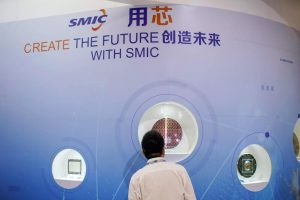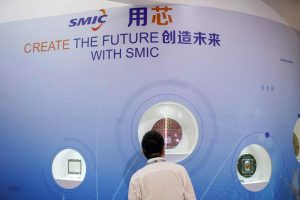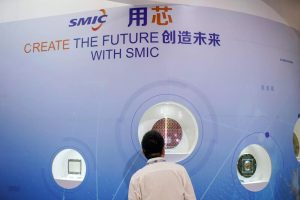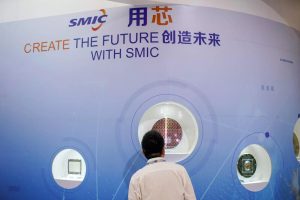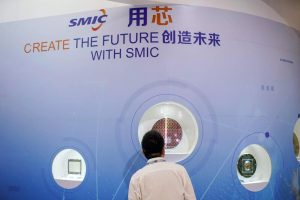China’s SMIC Fares Well Despite US Tariff Policy Uncertainty
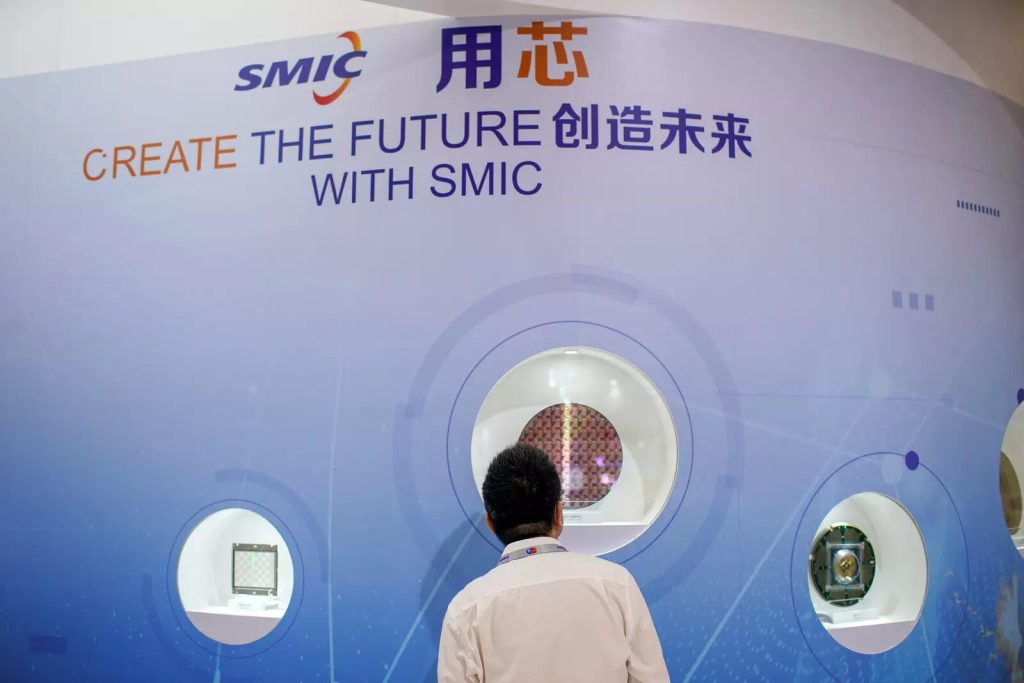
China’s leading foundry, SMIC, reassures the market that the impact of U.S. tariff policies is less severe than initially expected. The company anticipates continued strong demand in the domestic market, keeping production tight until October.
During a recent post-earnings call, Co-CEO Zhao Haijun highlighted that SMIC is not directly engaging with customers regarding President Donald Trump’s proposed 100% tariff on chip imports. Despite earlier concerns, Zhao remains optimistic, citing inventory buildup and alternative supplier options.
Past tariff implementations resulted in minor cost hikes of under 10% for international clients. China’s retaliatory measures raised tariffs on U.S. goods to 125%, following the U.S.’s move to 145% on Chinese products. However, exceptions were made for semiconductors produced within the U.S. or with commitments to do so.
SMIC, predominantly operating in China, saw a steady market share with Chinese revenue accounting for 84% of the second-quarter earnings, while the U.S. contributed 12.9%, slightly up from the previous quarter.
The company reported a 16.2% yearly revenue increase to $2.2 billion in Q2. Despite a 19.5% profit drop to $132.5 million, below analyst predictions, the firm remains a key player in the semiconductor industry.
SMIC’s second-quarter performance included a 4.3% rise in eight-inch wafer shipments, totaling 2.4 million units. Demand for analog chips, WiFi, and ethernet controllers boosted production, keeping capacity constrained until October.
The monthly production capacity expanded by 1.85%, reaching 991,000 wafers in Q2, with a 92.5% utilization rate. Zhao forecasted a slowdown in the fourth quarter, typical for the industry, as rush orders decline.
Despite the industry slowdown, expectations are positive for SMIC’s third-quarter revenue, projected to grow by 5% to 7% from the previous quarter. However, on Friday, SMIC’s Hong Kong stocks were down by over 5%, reflecting market uncertainties.
